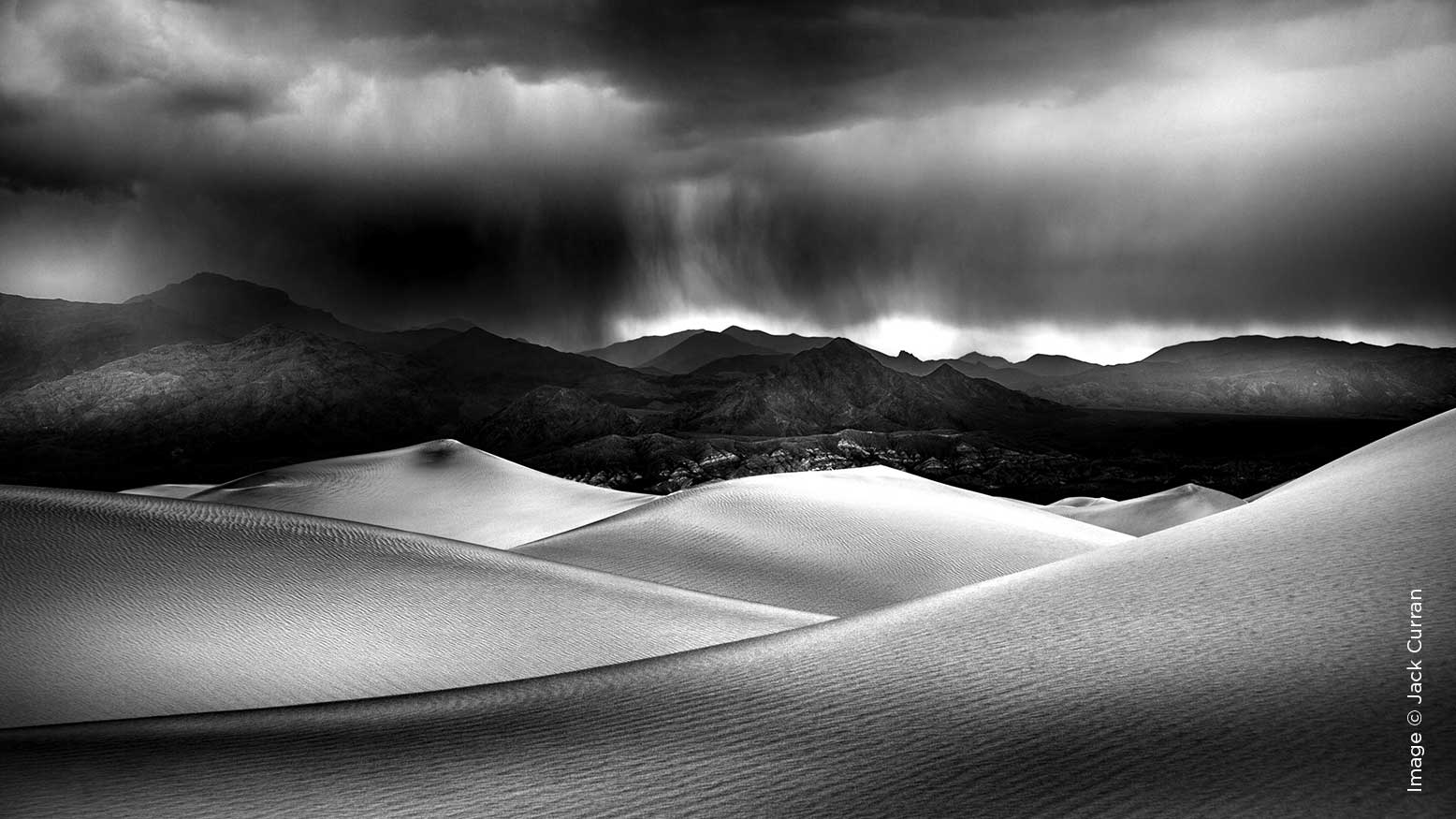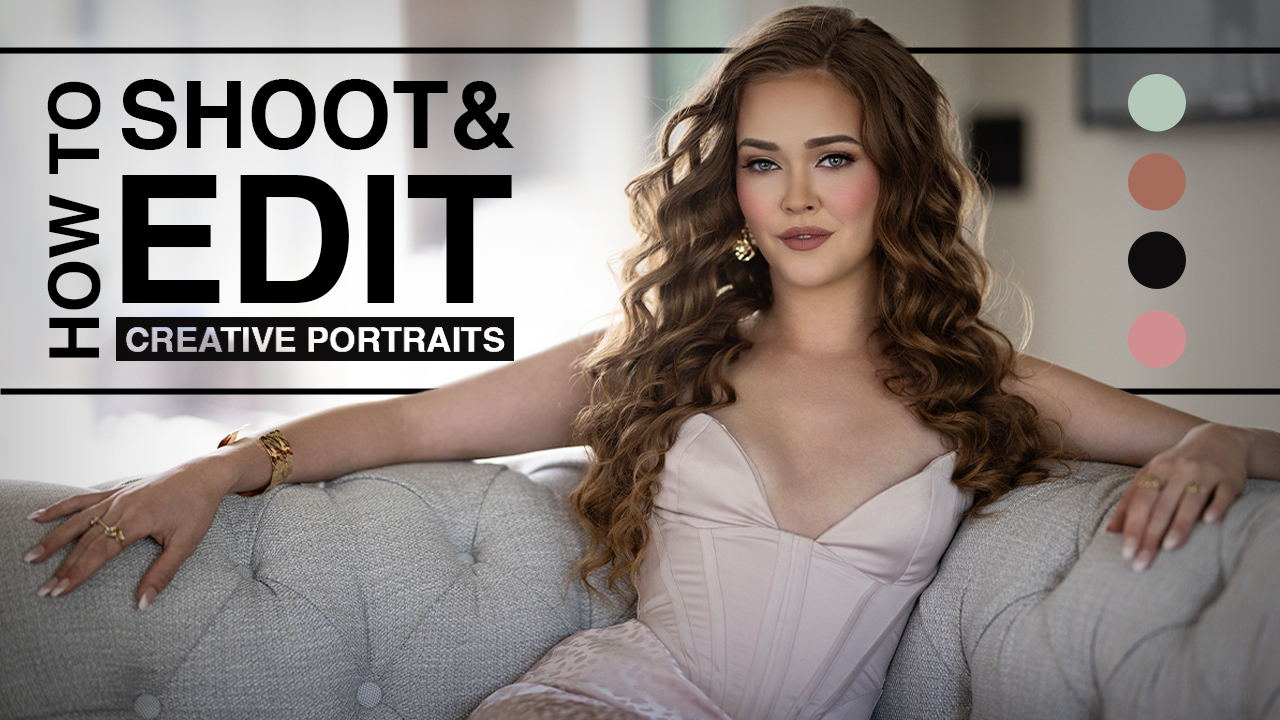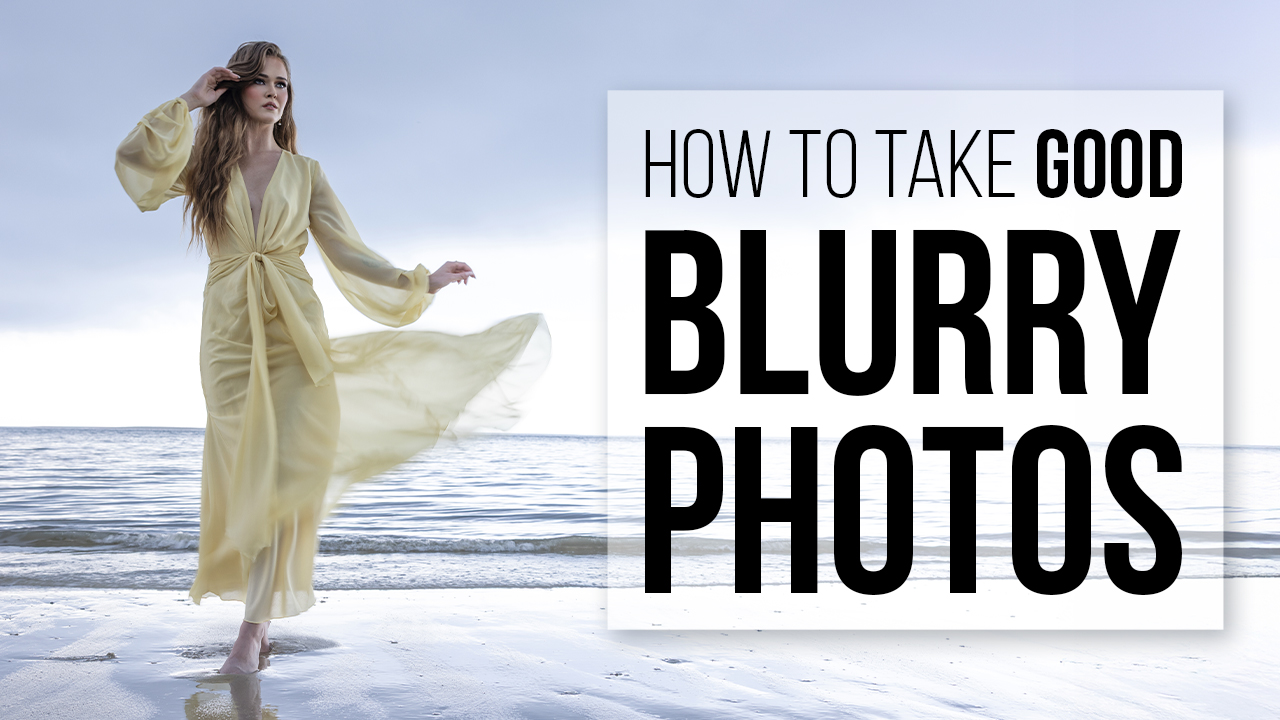It’s All About the Connection with Jack Curran
“It’s All About the Connection!” While that headline is a pretty bold statement, let me share with you five essential elements that may help you connect and create more meaningful black & white photographs (or any style of image, really).
Emotional Connection
Do you have an emotional connection to the landscape or subject in front of you? I’ve found that I’m most focused and successful when I’m passionate about the subject. For me, it’s landscape; for you, it could be portraits, botanicals, abstracts, or long-exposure architecture. Feeling that emotional connection has also caused me to significantly reduce the variety of subjects I shoot and focus only on the kinds I love. Take a minute to think about some of your favorite photographers. For the most part, they excel in one specific area of interest. It might be portrait, landscape, street, sports, abstract, adventure—the list goes on and on. Why are their photographs powerful and compelling? Because they are not a generalist, but rather are focused on what they love. One simple suggestion is to focus on what you love to shoot most. If you don’t feel it, why take it?
Transitions
Look for transitions; they exist in a variety of ways and places. What is it about the image in the frame that piqued your curiosity? Try to uncover elements beyond the obvious. Consider flow and if the image has transitions for the eye to react to such as depth from front to back, top to bottom, and left to right. Look for the directional flow of light to see if it accentuates the subject and helps to create interest. You can also have transitions that highlight texture, from soft to hard, light to dark, high contrast to flat, or with leading lines. Consider if there is a transition in emotional tension. For example, maybe you’ve come upon an intense thunderstorm hovering over soft, rippling dunes, or a barren tree against the soft, new snow. These fit intrinsically with black-and-white, because we are already leaving the real world behind and diving into the world of light and shadow and grayscale. Transitions keep me interested and engaged in the photograph. I feel a willingness to explore and discover the intent of the photographer and the story of the image.
Composition
The composition and artistic expression within your frame are, without a doubt, some of the most critical elements when taking a photograph. When teaching students, I strive to impart one of the essential philosophies of good composition—keep it simple. For the most part, less is more when telling a story. Let’s assume you have a subject you are passionate about. How do you express your interpretation of that story? Here’s a little something I recommend that will help with learning good composition. Put your camera away—leave it in your backpack or bag. Walk around the scene without your camera. Take the time to look at all the possible options for composition before you even set up for a shot. I use a small, black, rectangular viewer with a hole cut to the aspect ratio of my camera and walk around a scene, hunting for the best possible compositions. Hold the viewer close to your eye to scope out a wide-angle, and hold it at arms-length for a telephoto. Try It. It has helped me immensely in terms of exploring new options and finding better compositions.
Vision + Visualization
What do I mean by this? I tend to think about my creative process at the time of taking a photograph as using a combination of the art and the craft to achieve the final image. I approach my thought process like this: Art correlates to my artistic vision of what I’m trying to create and not just a technical representation of what I see. The craft in my approach corresponds to the tools (post-processing or darkroom) I’m going to use to realize my vision. Putting these together when creating the photo is the one-two punch. I like to think about this much the way a painter has an idea or concept for their painting and then combines this with their mastery of tools (brushes and paints) to realize their final expressive art. I’ll explain this a bit more in point 5.
Master the Craft
Back in my large-format film and darkroom days, I learned how important it was to master the craft of creating a final print worthy of exhibiting. Having transitioned to digital and Adobe Lightroom, I’ve come to realize how much exploring and developing an expressive style when building a master print file has helped me realize my vision. I believe that for me, it has become essential to combine my artistic vision with the ability to bring it to life through mastering the craft of an expressive photograph. I have grown immensely in my ability to realize the full potential of a picture by combining vision (the art) with visualization (the craft) at the time of the image capture. I’ve practiced for years not just to learn the technology side of today’s digital world, but to do it with a very focused goal of realizing the best possible black-and-white landscape at this point in my creative evolution. And I’m smiling as I write this, because the word “evolution” is so essential to mastering the craft. We have to keep experimenting and growing.
So, what does it look and feel like when you start to put these elements and workflow processes together at the time of capture? You are now squarely focused on a subject you’re passionate about and emotionally connected to. You will begin to compose with focus and intent. You will take the time to think about how your visualization process or craft can help you realize a well-conceived photograph before you trip the shutter. And ultimately, you will create an expressive photograph that represents you, your passions, and your ability to tell a compelling story worthy of the wall.




